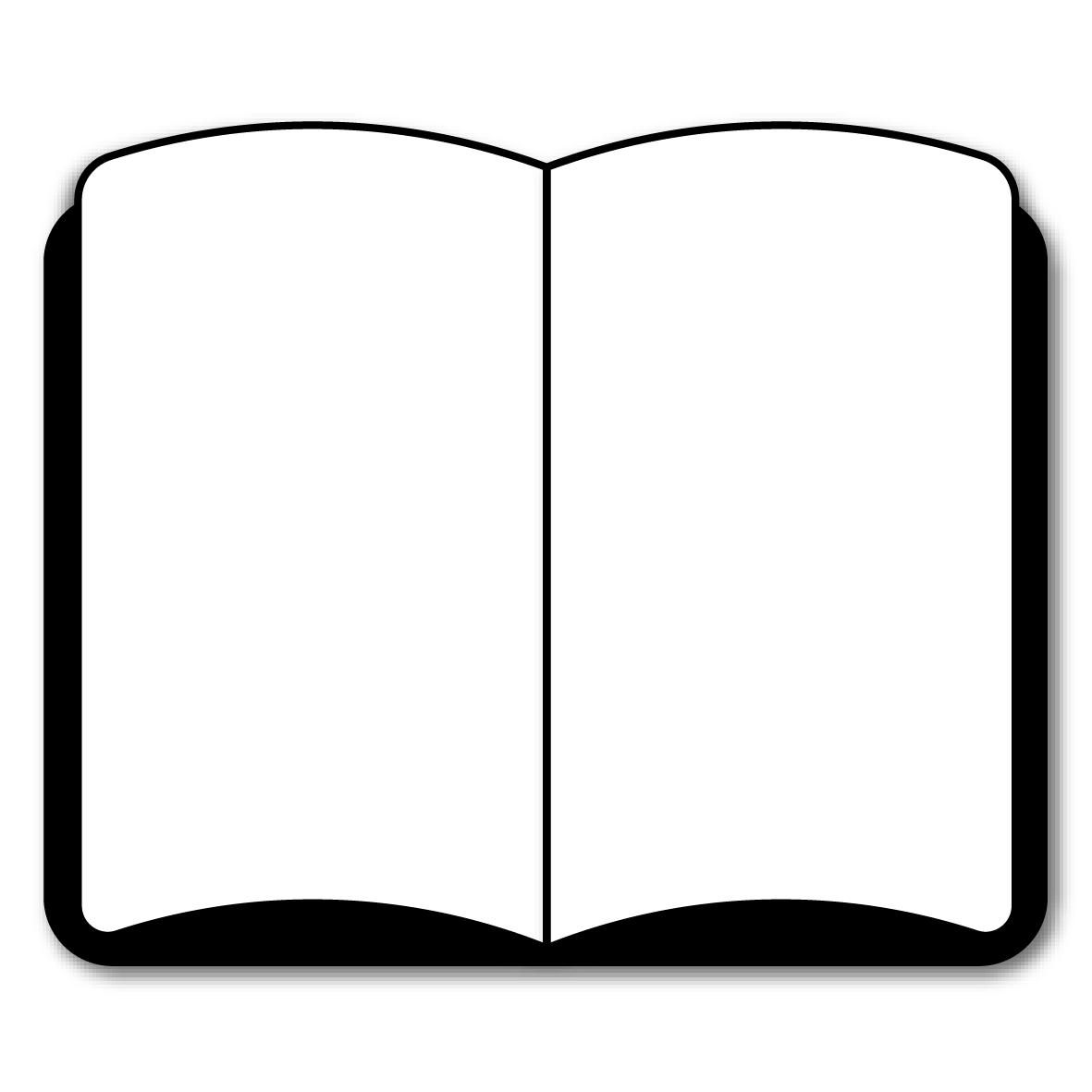If you need help studying for the AAFCS® Family and Consumer Sciences exam or just want some more information about what the exam is like, you’ve come to the right place.
Click below to take a free AAFCS Family and Consumer Sciences practice test!
Exam Eligibility
A bachelor’s degree is the only requirement you need to meet before you take the AAFCS Family and Consumer Sciences exam. If you have a bachelor’s or are set to graduate within the year, you’re set to begin the registration process!
What’s on the Exam?
First, let’s talk about the questions on the exam. There are 100 multiple-choice questions total, but only 80 of the questions will count toward your score. Why is that?
The 20 unscored questions on the exam are called “pretest” questions. These are added to the exam to determine if they’re good enough questions to add to future versions of the test.
The trick is that you won’t have any way of knowing which questions are scored and which ones are pretest. They will appear just like the scored questions throughout the test.
The time limit for the exam is 3 hours. There aren’t any scheduled breaks, but you’re free to take restroom breaks as needed.
Let’s take a closer look at the different sections of the exam.
1. Integration of Foundations
5% of the exam
- Cultural, economic, and gender influences on families, work, and society
- Interrelationships among career decisions and personal/family life
- Historical and current events, public policies, and research results and their effects
- Management processes, resources, and procedures required for maintaining an effective family and consumer sciences program
- Effective methods and technologies to secure, maintain, and terminate employment
- Providing opportunities for students/clients to develop and assess leadership and teamwork skills
- The impact of career choices on personal lifestyle and income
- Guiding students/clients to set career and educational goals based on personal interest and skills
- Implementing FCCLA programs and projects
- Communicating effectively with parents and community members
- Participating in advisory committee activities and industry partnerships
- Using career-connection experiences, work-based learning, and other real-world applications
- The influence of written, verbal, and nonverbal communication skills on success in the home and workplace
2. Family Studies and Human Services
16% of the exam
- Concepts of personal and family development
- Key factors in building effective relationships
- Managing work and family life balance
- Impact of societal, cultural, demographic, gender, economic, and environmental issues on individuals and families throughout their lives
- Career and entrepreneurial prospects in family studies and human services
- Societal views on the roles of older adults in different cultures
- Influences on personal development
- Meeting personal, physical, emotional, intellectual, and social needs throughout the lifespan
- The roles and responsibilities of effective family members
- Factors that strengthen family units and promote overall wellness
- Elements of successful relationships
- The impact of relationships on personal and family development over time
- Communication techniques that enhance interpersonal relationships
3. Human Development Education and Services
16% of the exam
- Physical, social, ethical, emotional, and cognitive development from conception to late adulthood
- Roles and responsibilities of parents, guardians, and educators in human growth and development
- Factors influencing child and adolescent development
- Entrepreneurship and career opportunities in human development, education, and services
- The significance of proper prenatal care for lifelong child development and well-being
- The development of children and adolescents in physical, social, emotional, and cognitive domains
- Activities and strategies that support children’s development
- The importance of play in the development of children and adolescents
- Factors that influence the decision to become a parent
- The impact of parenting roles and practices on the development of children and adolescents
- Guidance techniques in family, childcare, and educational environments
- Factors, effects, prevention, and intervention related to child and adolescent abuse and neglect
- The effects of public policy on the well-being of children and adolescents
4. Nutrition Wellness and Food Sciences
16% of the exam
- Functions and sources of nutrients
- The role of nutrition in wellness and disease prevention
- Relationship among digestion, absorption, metabolism, and optimal health
- Current dietary guidelines for all life stages
- The impact of activity levels and caloric intake on health
- Employment and entrepreneurial opportunities in nutrition, wellness, and food science
- Standards of quality for food selection
- Food preparation and meal management techniques
- Factors affecting food quality and nutrient retention
- Effects of special dietary needs on meal planning
- Global factors influencing food production, supply, and distribution
- Effects of technology on food product development, processing, packaging, and availability
- Cultural influences on food preferences and choices
5. Food Lodging Hospitality
9% of the exam
- Organizational structure of the food, lodging, and hospitality industries
- Relationship between product, preparation, and delivery service to success in the food, lodging, and hospitality industries
- Principles and procedures for health, safety, sanitation, and environmental protection
- Management functions and structures
- Employment and entrepreneurial opportunities
- Impact of public policy on the food, lodging, and hospitality industries
- Industry standards for the food, lodging, and hospitality industries
- Job-related competencies and skills needed for employment
- Impact of marketing and public relations techniques
- The role of quality assurance in the food, lodging, and hospitality industries
- Health, safety, sanitation, and environmental protection procedures
- Legal issues in the food, lodging, and hospitality industries
- Industry-appropriate communication skills, work ethics, and productive work habits
6. Consumer and Resource Management
16% of the exam
- Resource management
- Effects of public policy on resource utilization and conservation for consumers, families, and the environment
- The impact of technology on families, the workplace, and individuals within the US economy
- Issues in obtaining and managing income across the lifespan
- Strategies and tools for financial planning, including investment and retirement planning
- Techniques for managing multiple roles throughout the lifespan
- Issues related to consumer decision-making in the marketplace
- Cultural, demographic, and societal factors influencing family financial decisions
- Employment and entrepreneurial opportunities in consumer and resource management
- The relationship between consumer rights and responsibilities
- Characteristics of the global economy and their influence on individuals and families
- Basic principles of economics
- Integrating principles of effective communication into the management and decision-making processes
7. Textiles and Apparel
11% of the exam
- Textile and apparel needs of individuals throughout the lifespan
- Employment and entrepreneurial opportunities and career preparation requirements in the textile and apparel industries
- Design, production, selection, use, and care of textile and apparel products
- The impact of technology on the textile and apparel industries
- Aesthetic principles used in visual merchandising of products in retail environments
- Safe and effective work habits and ethical behaviors
- Using artistic standards and design principles to create and analyze textile and apparel products
- the influence of textile and apparel products on human behavior and lifestyles
- Textile and apparel production and marketing processes from fiber to consumer
- Quality clothing construction techniques
- Effects of public policy, resource utilization, conservation, and the global economy on textile and apparel production, use, and care
- Textile and apparel product marketing techniques
- Cultural and geographical effects on clothing selection decisions
8. Environmental Design
11% of the exam
- The significance of housing, furnishings, and equipment decisions for individuals and families throughout the life cycle
- Housing choices available to individuals and families throughout the lifespan
- Safety issues affecting the design of residential and nonresidential environments
- Procedures for maintaining housing, furnishings, and equipment
- Consumer issues and considerations affecting housing, accessories, materials, furnishings, and equipment decisions
- Design, construction, and marketing techniques
- The effects of trends and technologies on residential and nonresidential environments, equipment, furnishings, and accessories
- Employment and entrepreneurial opportunities
- Elements of art and principles of design related to interior and exterior environments
- The effects of public policy, resource utilization, and conservation on interior and exterior environments
- The influence of cultural, demographic, societal, and environmental factors on residential and nonresidential design and construction
- Safe and effective work habits and ethical behaviors
- Factors affecting housing choices
How to Register
To get started with the registration process, you’ll need to create a MyAAFCS account and submit an application. The application will ask you for your contact information and any documentation to prove your eligibility (among other things).
Once your application has been reviewed and approved, you’ll be given information on how to register for your testing appointment.
Exam Scores
The exam is scored using a scaled scoring method. Here’s how it works:
For every question you answer correctly, you get one point added to your raw score. At the end of the test, your final raw score will be converted to a scaled score. This scaled score will range somewhere between 100 and 300.
The reason your raw score is converted to a scaled score is because everyone who takes the test is given a slightly different set of questions. Since everyone has a different arrangement of questions, and because some questions are harder than others, converting your raw score to a scaled score ensures a more even playing field.
Retaking the Exam
If you didn’t get a passing score on your first try, that’s okay! You can retake the test during the next available testing window.
Keep in mind that you will have to pay the full testing fee every time you retake the test.
FAQs
How many questions are on the AAFCS Family and Consumer Sciences exam?
The exam contains 100 questions.
What is the time limit for the AAFCS Family and Consumer Sciences exam?
The exam is timed at 3 hours.
What is the passing score for the AAFCS Family and Consumer Sciences exam?
You’ll need to get a final score of at least 240 to pass the exam.
How much does the AAFCS Family and Consumer Sciences exam cost?
The exam fee is $165.
AAFCS American Association of Family & Consumer Sciences is a registered trademark of American Association of Family & Consumer Sciences. Mometrix and Test Prep Review are neither affiliated with nor approved vendors of AAFCS.



 AAFCS Study Guide
AAFCS Study Guide AAFCS Flashcards
AAFCS Flashcards